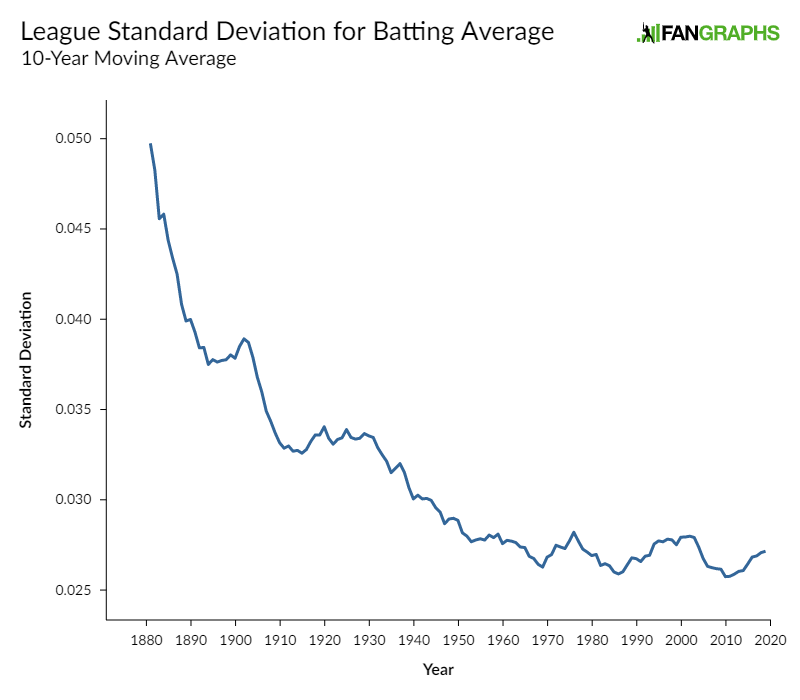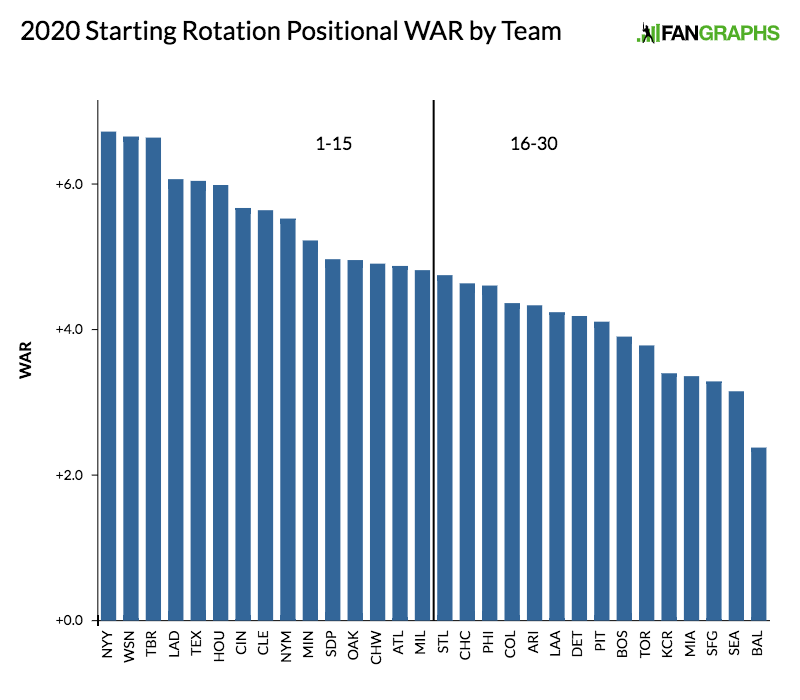Tyler Chatwood and Strikeouts Have a Meet Cute
If you’re a fan of the Chicago Cubs, it would not be surprising if you describe your feelings about Tyler Chatwood as some kind of frustrated exasperation. Able to survive in the mile-high environment of Coors Field despite occasionally spotty control and an inability to punch out batters, the Cubs expected that Chatwood would do even better in the friendly confines of Wrigley; the days when the wind is blowing out in Chicago weren’t supposed to be much of a problem for a pitcher who largely avoided giving up big home run totals in Colorado. On that assumption, the Cubs signed Chatwood to a three-year, $38 million contract before the 2018 season.
Suffice it to say, 2018 did not go as anyone predicted or hoped, except maybe Cardinals fans. Chatwood’s season started deceptively well, with a 2.83 ERA in April, but 22 walks in 28 2/3 innings suggested trouble. After throwing seven shutout innings against the Brewers on April 29 of that year, he went three months without a single quality start and walked at least two batters in every game. The team’s acquisition of Cole Hamels resulted in Chatwood’s exile to the bullpen, where he was little-used until injuring his hip in an emergency start as a replacement for Mike Montgomery. A non-factor in the pennant race that September, Chatwood’s 103 2/3 innings of work for the season was still enough time to amass a league-leading 95 walks.
2019 went better, but Chatwood’s role was mostly that of a fill-in starter and low-leverage reliever and mop-up guy. His 4.28 FIP in relief didn’t send a tingle down anyone’s spine, and his decision to largely abandon his secondary stuff didn’t seem like a likely ticket back to the rotation. However in the second half, he did tinker with his cutter’s grip after recognizing an issue with the pitch, which he had largely moved away from in 2019:
https://twitter.com/MLBastian/status/1289773139409297408

 Dan Szymborski
Dan Szymborski

